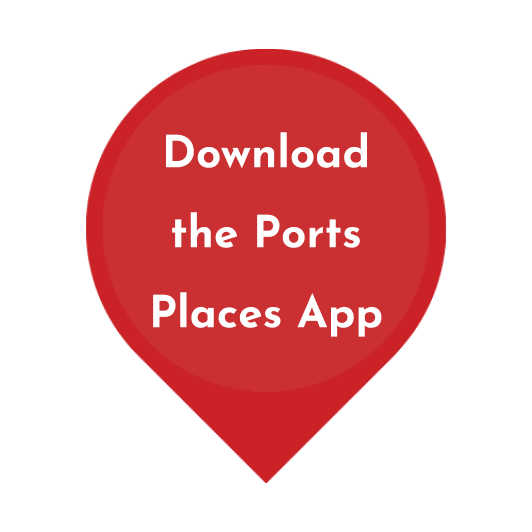History
As you travel through Dublin Port today you stand on ground that was a tidal sandbank in early medieval times. The monastic settlement ‘Dubhlinn’, meaning ‘black pool’, took its name from a sheltered tidal pool located around modern-day Angier Street.
In the ninth century, the Vikings transformed this settlement into a vibrant trading port. In the following centuries, the port shifted to the river front below Christchurch Cathedral. Eventually, silting of the river Liffey meant that the ports of Dalkey and Howth took over as ‘outports’ for Dublin. During the eighteenth century, land reclamation works transformed Dublin, expanding [CN1] it east and towards the sea. Walls and fortifications were built to secure newly reclaimed land. The South Bull Wall was built in 1753 with the Poolbeg lighthouse added in 1767. Ships landed here and passengers were rowed into the city in small boats.
By the end of the eighteenth century, the port was at the centre of Dublin’s maritime identity and the city was part of imperial networks of migration and trade. By 1800, Dublin was the third largest port city in Europe.
In the nineteenth century the area around the Customs House and North Wall Quay catered for passenger ships and cross-channel traffic. Ships also unloaded at George’s Dock and Spencer Dock (the outlet of the Royal Canal) behind the quay wall. By the late 1800s, a new Deep-Sea Port had been built in the Alexandra Basin, this was the beginning of modern Dublin Port as we know it today.

Things to See and Do
The North Wall
The industrial heritage of the Dublin Port area, or the ‘North Wall’, is best explored on foot. As you walk from the port toward the city centre, you pass a large 1878 railway depot that used to serve the nearby port. Behind this depot, now called the 3 Arena, a large square is home to lots of eateries, and the Luas stop. The Luas tram will bring you right into the city centre, but make sure to explore the area before your departure!
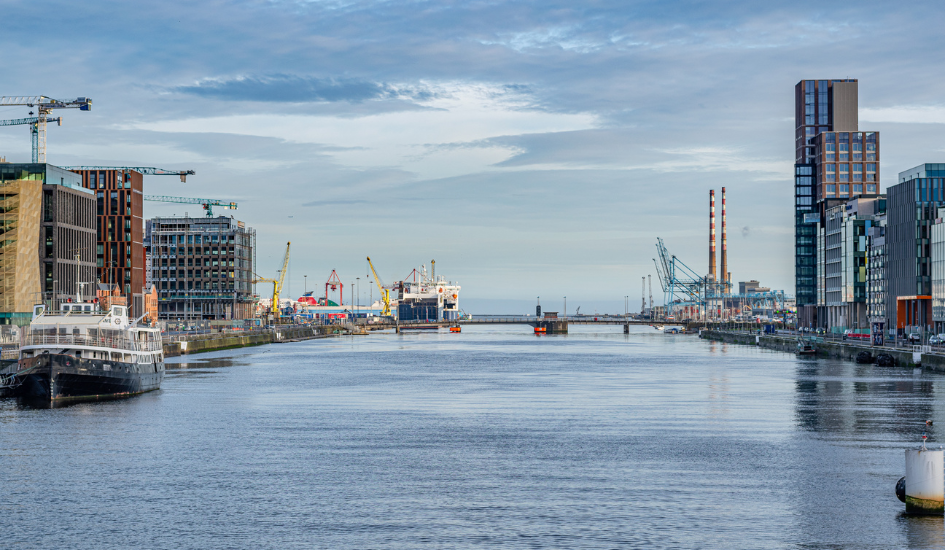
The Dublin docklands offer a rich mix of industrial heritage and modern architecture alongside residential streets. These were once home to the dockers who loaded and unloaded cargo at the port.
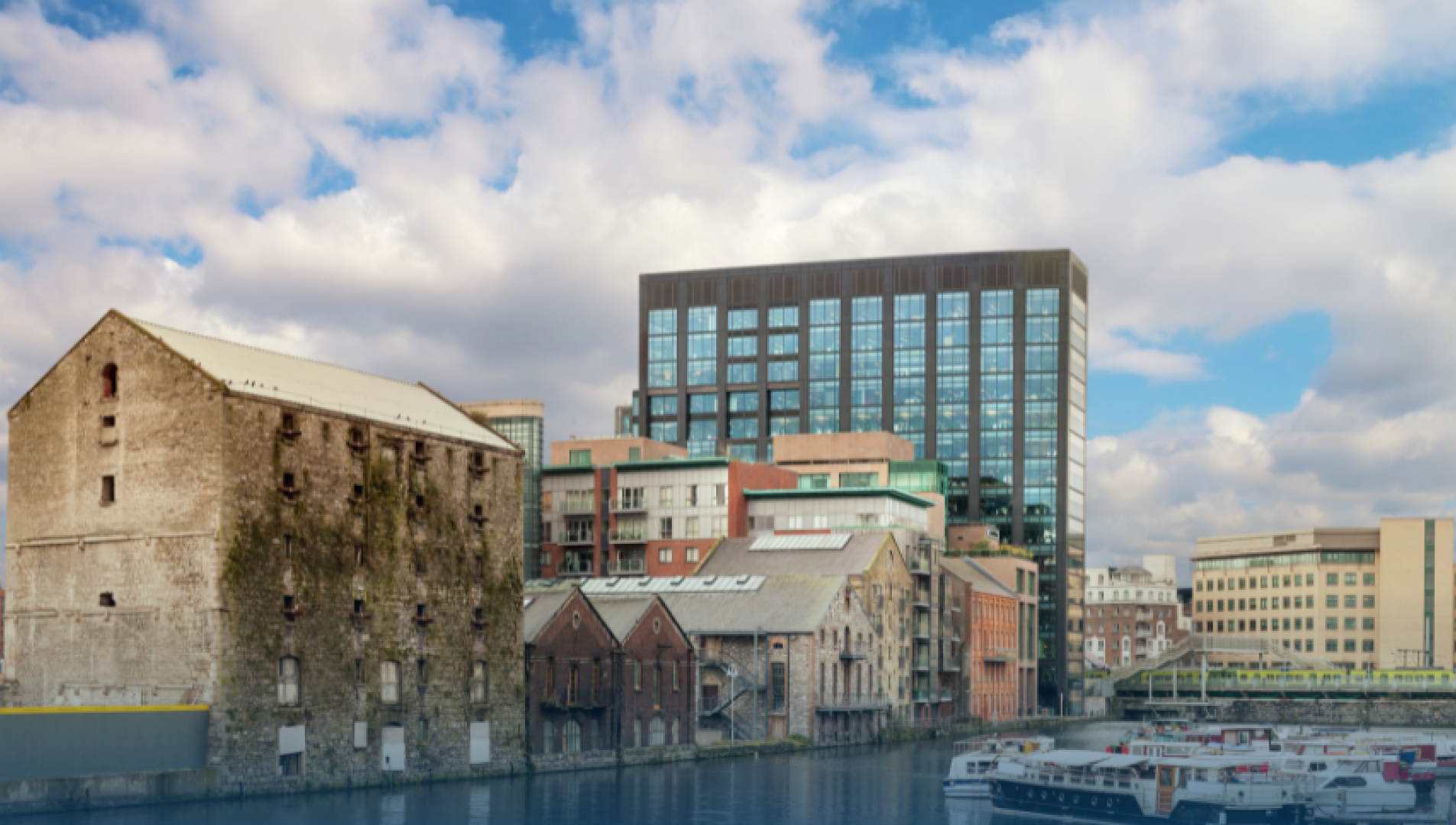
Spencer Dock
Spencer Dock now holds a mix of great cafes and office buildings. Make sure to drop by the Green on Red Gallery to experience the best of Irish and European contemporary art.
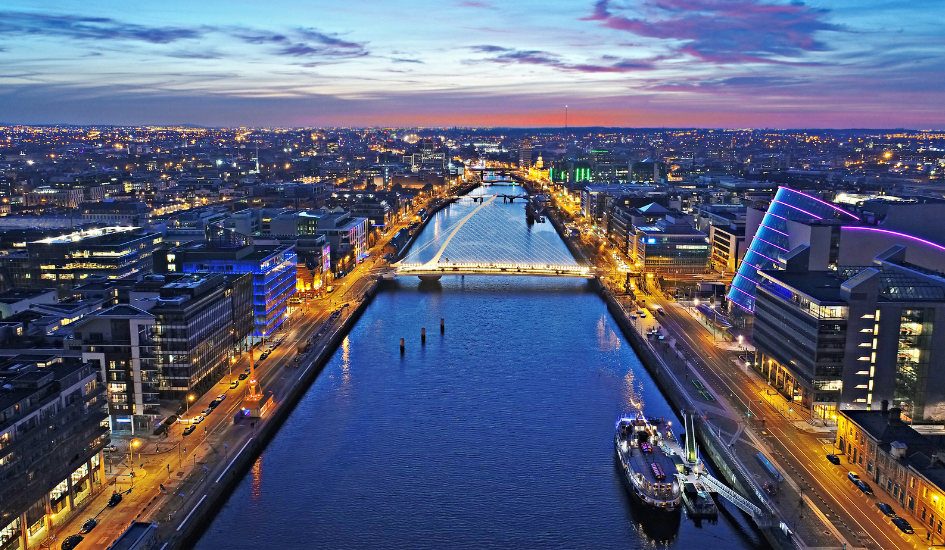
The Quays
The quaysides are still home to some resident ships. The former 1961 passenger ship Cill Airne now serves as a bar and restaurant. Not far from here, you will find a replica of the famous Jeannie Johnson Famine era ship. Inside, a museum tells the compelling story of this ship and its passengers.
You can also buy tickets for the Dublin Discovered Boat Tour at the quayside. On a specially designed, wheelchair accessible boat, you will sail under the famous Liffey bridges and explore Dublin Port.
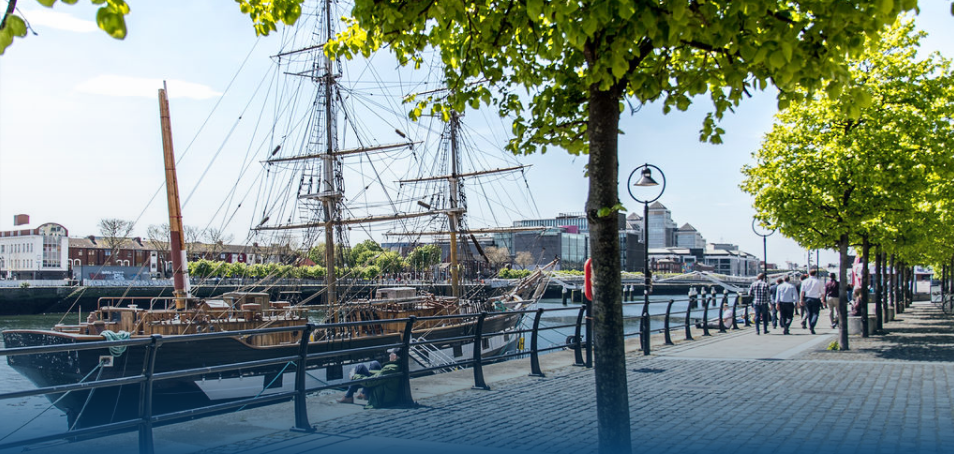
George’s Dock was constructed to provide more berthing space for ships. It was once served by large warehouses. They are now home to EPIC, the multi award winning museum of Irish Emigration.
On the quayside outside EPIC, make sure to stop at the Great Famine Memorial designed by Rowan Gillespie. The memorial depicts emaciated figures on their way to emigrate on ships like the Jeannie Johnson.
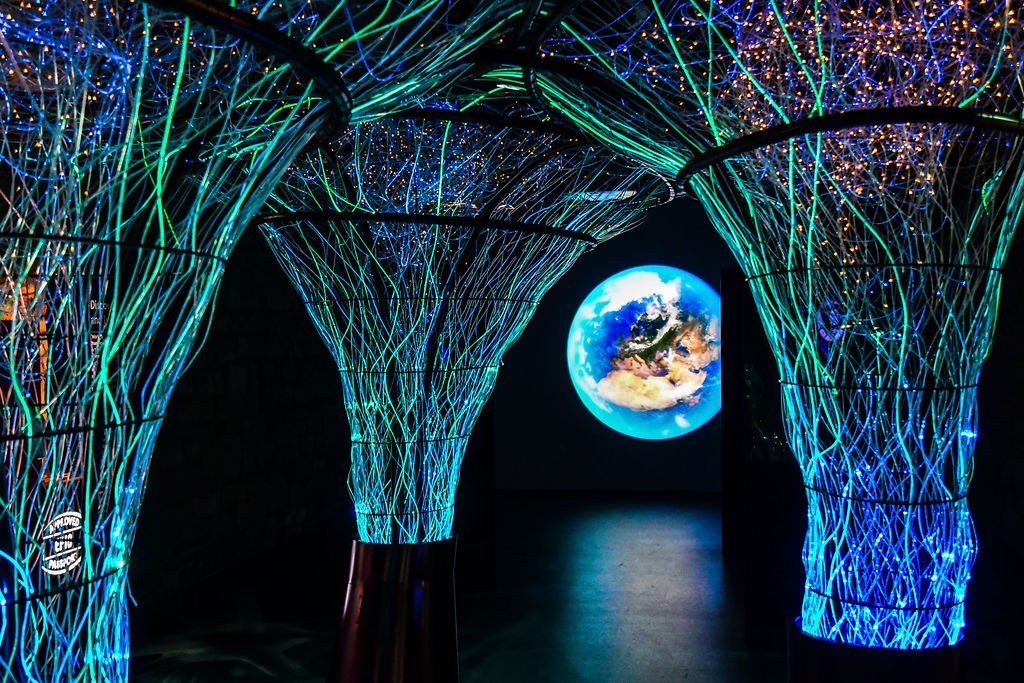
George’s Dock
Discover Other Ports

